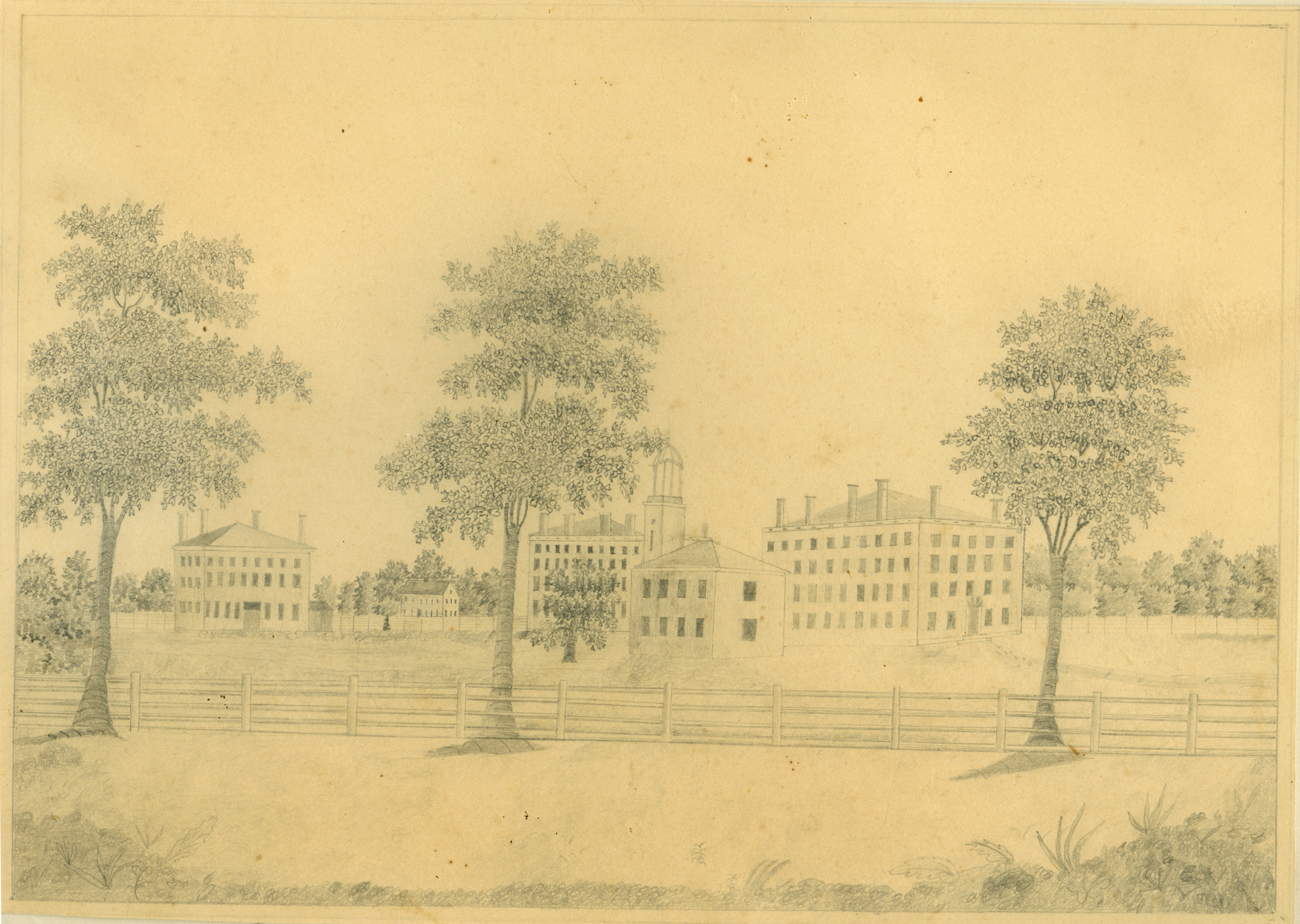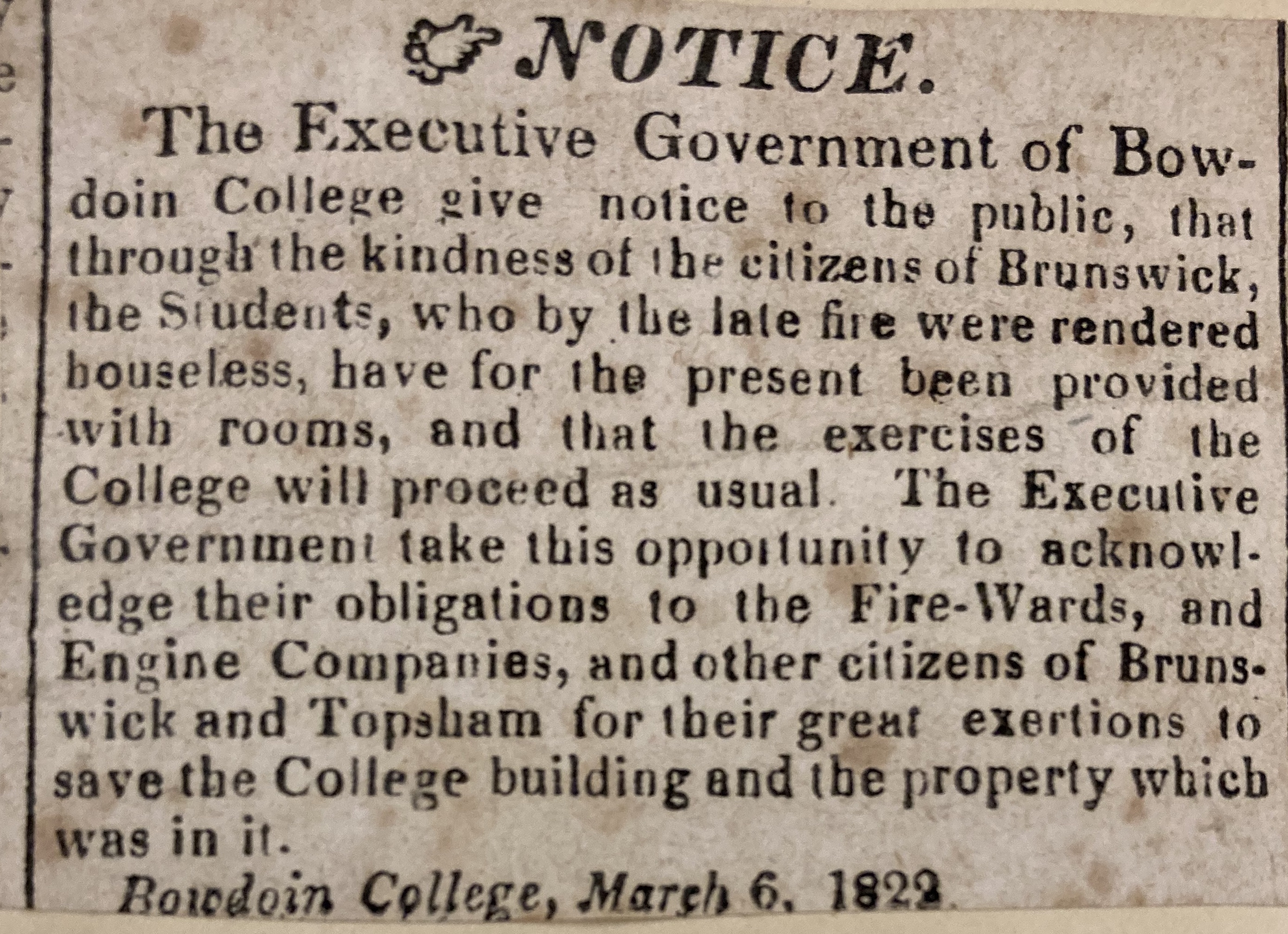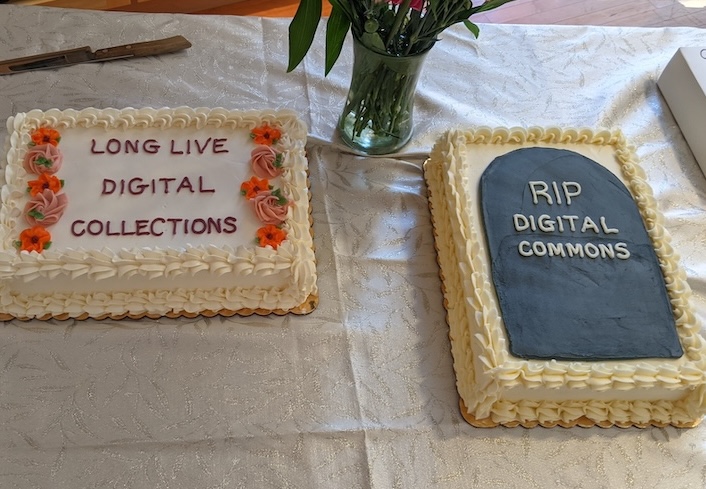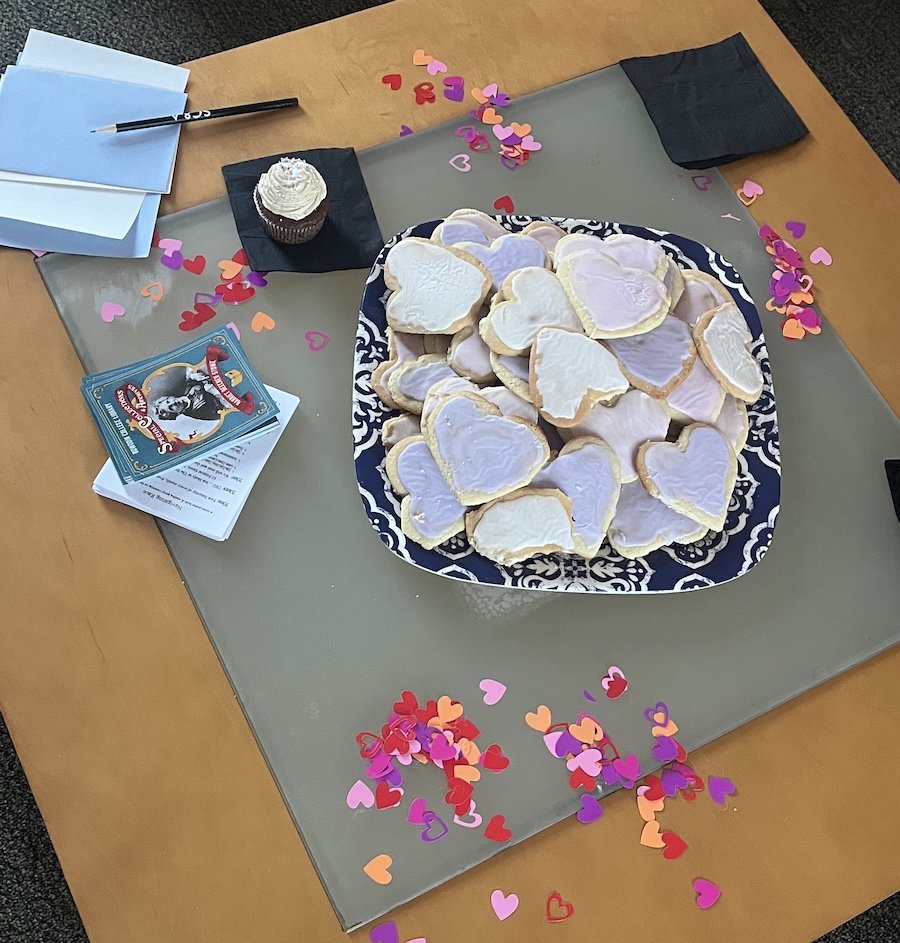Bowdoin’s Burning! The Great Conflagration of March 1822
By Kat Stefko
Even before the fire, Bowdoin College was facing a serious space crisis. With a newly established medical school and burgeoning enrollment, the needs of Bowdoin's students and faculty outsized its physical plant. In 1822, the college was composed of four modest structures: Massachusetts Hall (1802), the only academic building; Maine Hall, the dormitory, so named after statehood; a modest wooden structure that served as the President’s home; and a two-story wooden chapel that also housed the library and art collection. With more students than dormitory rooms, many members of the Class of 1825 had to study remotely or board with local families. To address the situation, the Governing Board approved the building of “New College,” what would become Winthrop Hall, in spring 1822. Yet, before construction could even begin, disaster struck.
Around 3:30 p.m. on March 4, 1822, most students were attending a lecture in Mass Hall, including seniors and roommates James Anderson of Beverly, Massachusetts, and Charles McLellan of Portland, Maine. Unbeknownst to them, the fire in their hearth—which they maintained for heat, like all residents of Maine Hall—threw a rogue spark. Within a matter of hours, the building was reduced to its exterior walls despite the heroic efforts of students, faculty, and the townspeople of Brunswick and Topsham. Many students lost everything—not only their clothing and books, but their furniture, which they supplied themselves.
According to George Pierce (Bowdoin 1825), when the fire was discovered, several people “attempted to enter the room but none succeded [sic] except Tutor Hale and he got his hair and eye brows considerably scorched.” The following day, Hale, who taught geometry and natural philosophy, relayed the incident to his sweetheart, Mary Caroline King:
I went to it, with a good deal of difficulty… the flames left their mark upon my eyebrows and lashes…The fire was rapid, though the whole building was not consumed till 6 or 7 in the evening. We soon found that every effort to save it would be unavailing & set ourselves to the preservation of the moveable property.
Pierce recounted these efforts as chaotic at best: “looking-glasses and chairs were thrown out of the fourth story when they droped [sic] and hit the ground they were dashed to pieces.” Amazingly, most furnishings were saved except those closest to the fire’s origin. Poor Benjamin Sanborn of Falmouth who lived in room 31 “lost all his furniture and bed.” Also lost were the 300 volumes belonging to the student-run Theological Society, a poorly funded literary society that allowed indigent students—without the resources to join another society— to participate in debates and other social causes.

Astonishingly, the College's operations were hardly interrupted despite the loss of half of its infrastructure. Within two days, the College had issued a public notice in the Portland Gazette stating that “the exercises of the College will proceed as usual,” and thanking the residents of Brunswick for offering temporary housing to the displaced students.* By the following Monday, Brunswick builder Samuel Melcher III and his construction crew were at work repairing the building—to be ready for the fall term—and within another few weeks, Melcher broke ground on Winthrop Hall as planned.
Given the speed at which the physical evidence of the fire was erased from the College’s physical environment, it might be easy to forget the fire ever happened except for the firsthand accounts preserved in Bowdoin College Library's Special Collections & Archives and other repositories. These documents help us understand how truly challenging the Class of 1825 found their first year at Bowdoin. Perhaps these dramatic events are one of the reasons these students found at college friendships that spanned lifetimes.
*You can see where the students ended up staying by consulting the Spring 1822 Bowdoin College Catalogue. While dated February 1822, the catalogue was (re?)printed after March 5, 1822, as it shows all Bowdoin students living offsite, either at home or with local residents.



